In the 1940s Lucian Freud took another young painter, Sandra Blow, up to the top of a bombed church in Soho. There were just two prongs of masonry left and Lucian promptly launched himself through space from one to the other. ‘You can’t possibly expect me to do that,’ she exclaimed. ‘Just think of it as if you were on the escalator in Selfridges,’ he replied. History does not relate whether she was persuaded by this comforting analogy, but as a small exhibition at the Fine Art Society demonstrates, Blow (1925–2006) spent the rest of her career making jumps.
These were mainly of the visual and stylistic variety. There is an exhilarating feeling of rushing through air about ‘Stripes’ (1978), for example. It consists of a set of whooshing diagonals, plummeting down from top left to bottom right of the picture, which intersect with another group of brightly coloured bars on a curving, horizontal trajectory. It looks like one painting superimposed on another, and that — perhaps — is exactly what it is. Because the most unexpected and unusual aspect of ‘Stripes’ is that it is not just an abstract painting, it is also a collage — and a textile collage at that.
One array of stripes seems to have been cut from canvas and stuck across the other. Most of the 11 works on show at the Fine Art Society involve some such glue or stitching — an element that is not so obvious in photographs: you have to see the real thing. Another reason to do so is that several of them, the best in fact, are huge (no good paintings can be judged properly in reproduction, but the bigger they are the worse they come across).
‘Helix’ (1990) is 12 feet across and largely consists of a wild red spiral, like a spring, squiggling across the picture. Blow sometimes threw paint at the canvas in the traditional abstract expressionist manner, and it looks as though she did so in this case. The result fizzes with energy, and is close in effect to some of Cy Twombly’s late paintings (which date from a couple of decades later).
The difference is that the Blow is criss-crossed with stuck-on bits of cloth and tape, giving the surface a casual homemade feeling suggesting bandages or an untidily made bed. The other big, strong picture in this selection, ‘The Swimmer’ (1987), is similar. If you look closely at the churning blue-and-white surface of the lower left, you can see patches of fabric embedded there. These, perhaps, were souvenirs of Alberto. That is, Alberto Burri: one of the great figures in post-war Italian art, a precursor of arte povera, best-known for gluing, and sewing together, everyday material such as sacking to make his pictures.
One of Blow’s most surprising leaps came in 1947, when she moved abroad. She settled not in Paris — the centre of which most British artists then still looked to for a sense of direction — but to Italy. Blow studied in Rome, met Burri — ten years her senior — and the two of them became lovers.
They worked together for a while but split up in 1950. She returned to Britain. But her work continued to echo Burri’s in its use of materials such as fabric, ash and — in one work — cement. The other element in her unique stylistic mix was American abstract expressionism. Her combination of the two, plus gritty Italian poetry, was unclassifiable. It explains why no one really knows quite where to place her, art-historically speaking.
The works on show at the Fine Art Society don’t amount to a retrospective, more of a reminder. The quality is variable; her hybrid style was evidently liable to be hit and miss. But she is worth remembering. Recently, Tate Britain had a picture of Blow’s hung side by side with other Sixties stars such as Hockney, Bridget Riley and Gillian Ayres. It held its own, and — as her best work often does — seemed to bound across the wall.
Got something to add? Join the discussion and comment below.
Get 10 issues for just $10
Subscribe to The Spectator Australia today for the next 10 magazine issues, plus full online access, for just $10.
You might disagree with half of it, but you’ll enjoy reading all of it. Try your first month for free, then just $2 a week for the remainder of your first year.

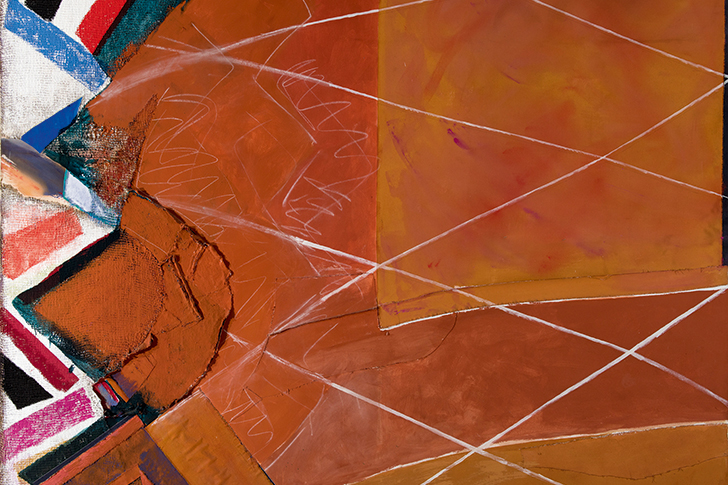
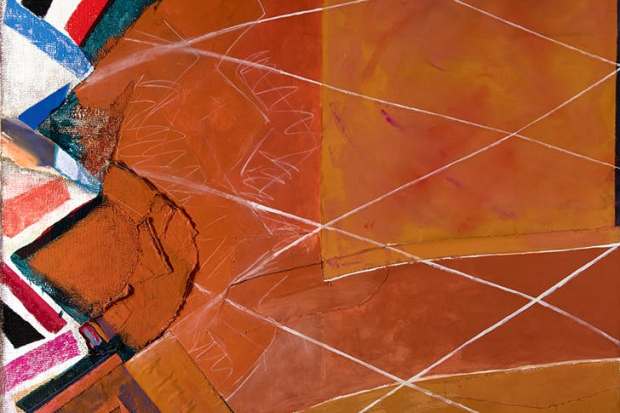


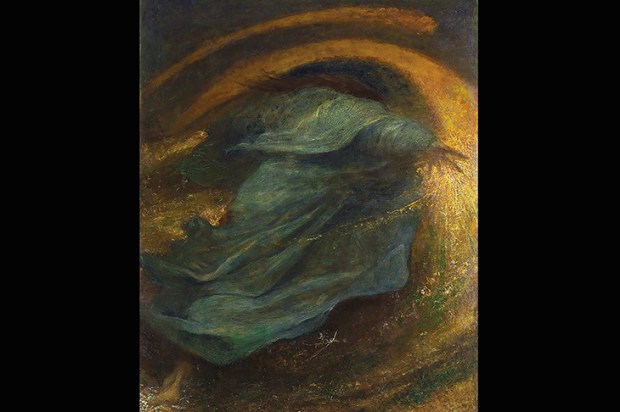
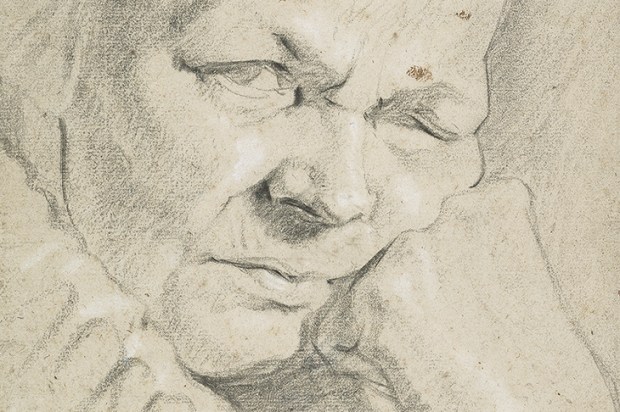
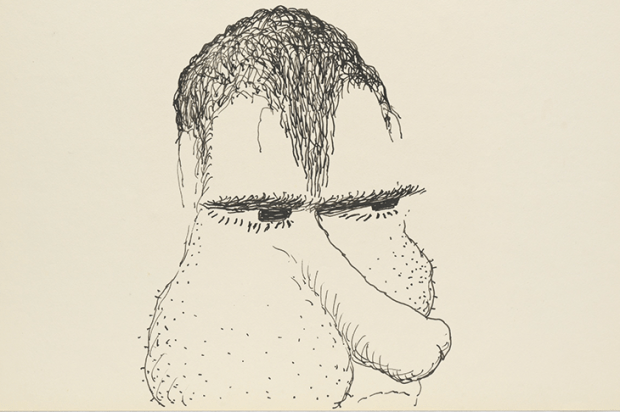






Comments
Don't miss out
Join the conversation with other Spectator Australia readers. Subscribe to leave a comment.
SUBSCRIBEAlready a subscriber? Log in